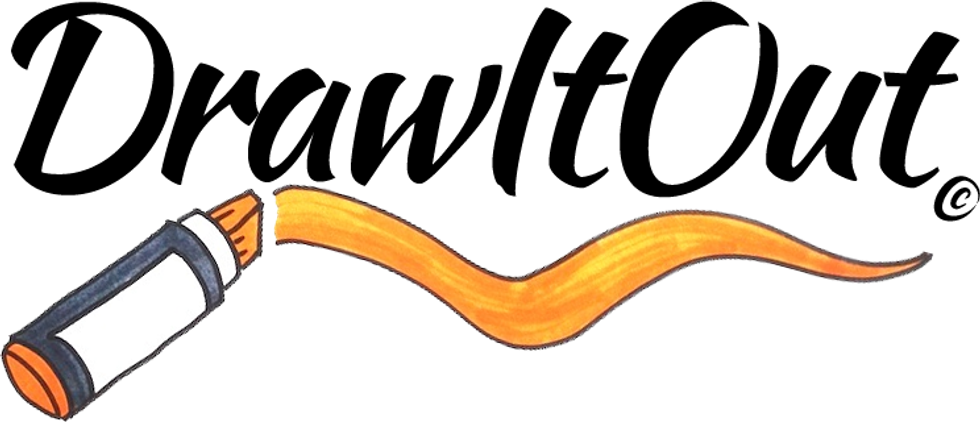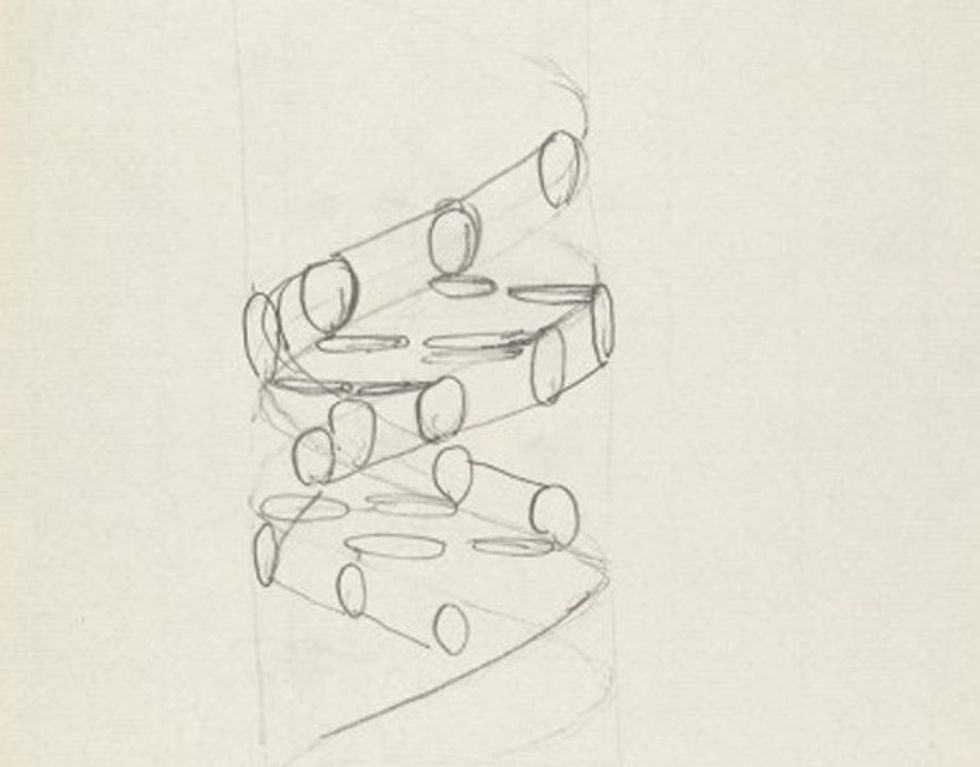For any subject, clear explanations can make or break grades, interest, and willingness to learn more. Biology is no different. However, biology can often be confusing and difficult to comprehend because the study of life is not just about organisms that are visible to the naked eye. It's about what isn't visible, what must be seen and detected in a test tube through various experimental methods. Many people dislike that aspect of biology - "I hate how you can't ever see anything that's going on!" and "How do you know what you propose is actually happening when you can't see anything?!" are two common exasperated sentences that I've heard a lot, from the students I tutored to my closest friends who are engineers or artists or consultants or just not into biology.
So, here's one thing I've learned over the years that is a huge help when studying for a biology exam, designing an experiment, or explaining your research:
Draw it out.
Visualization is a really important aspect of biological research, and not just for making presentations easy to follow by avoiding slides full of text. When studying something that is not easily seen, making it visible is crucial for demonstrating its importance and relevance. In fact, several experimental techniques are developed to make visualization clearer, and many of these techniques add evidence of what is occurring in an experiment. These techniques can validate that an experiment is working and demonstrate that a discovery is reproducible and real.
So, when trying to understand some biological phenomenon, it can be helpful to draw out your thoughts. Even Francis Crick, who discovered the structure of DNA with James Watson, first drew out his idea, even though he wasn't quite sure if it was right or whether it was physiologically possible.
You don't have to be the next Picasso or Monet, you don't even need any real drawing skills. You just need to put pencil to paper and the ability to draw some shapes and move them around. Drawing out biology can help organize your thinking, your logical reasoning, and help you come up with a solution. Draw little arrows to show signaling cascades, draw triangles and rectangles to show transcription factors and genes affecting each other, draw circles to represent plasmids when trying to figure out the molecular biology of cloning. Many people are visual learners, and especially when things happen in a cell or a test tube that are not visible to the naked eye, drawing out what you believe to be happening is often the difference between understanding and confusion. It can be hard to remember a bunch of words on paper, but remembering a small cartoon is not so difficult. Add some color to help make it more even memorable.
Understanding a topic as rich and complicated as biology isn't always easy, so bring out the blank paper and try drawing it out. Maybe you'll even find your creative side! Maybe you'll have an epiphany or an idea for a new experiment you want to try. Maybe you'll just end up with a bunch of scribbles and doodles, but that's okay - it's a start, and perhaps you just need a little coffee break.



































